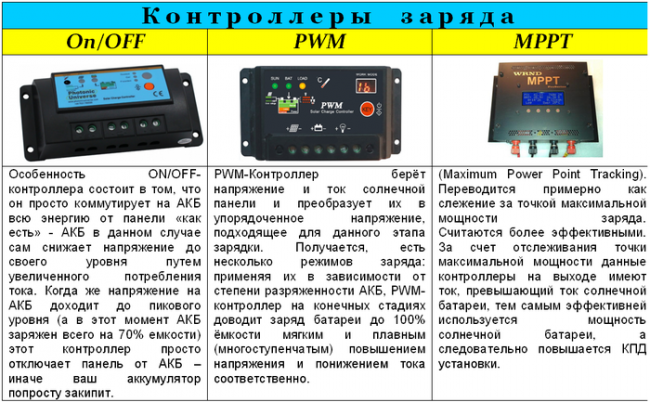
Pwm Solar Charge Controller Instrukciya Na Russkom
PWM charge controllers operate by making a connection directly from the solar array to the battery bank. During bulk charging when there is a continuous connection from the array to the battery bank, the array output voltage is pulled down to match the battery voltage. PWM Solar Charge Controller. Aplikasi bluetooth untuk laptop acer 4739. Quite a few charge controls have a 'PWM' mode. PWM stands for Pulse Width Modulation. PWM is often used as one method of.
I envy only bullfinch. Adverts,,,,,,,,,,,,,,,,,,,,,,,,,,,,,,,,,,,,,,,,,,,,,,,,,, • on 2018-Oct-14 09:17:09 Pmypevtt said. It banned fixed-fixed-fixed-fixed-fixed,,,,,,,,,,,,,,,,,,,,,,,,,,,,,,,,,,,,,,,,,,,,,,,, • on 2018-Oct-15 09:24:11 Lfqlkrau said. Google does not work,,,,,,,,,,,,,,,,,,,,,,,,,,,,,,,,,,,,,,,,,,, • on 2018-Oct-15 12:52:44 Emfabaxq said.
Shop our selection of Solar Charge Controllers. What is a Solar Charge Controller? A charge controller or charge regulator is basically a voltage and/or current regulator to keep batteries from overcharging. It regulates the voltage and current coming from the solar panels going to the battery. Most '12 volt' panels put out about 16 to 20 volts, so if there is no regulation the batteries will be damaged from overcharging.
Most batteries need around 14 to 14.5 volts to get fully charged. Do I always need a charge controller? Not always, but usually.
Generally, there is no need for a charge controller with the small maintenance, or trickle charge panels, such as the 1 to 5-watt panels. A rough rule is that if the panel puts out about 2 watts or less for each 50 battery amp-hours, then you don't need one. For example, a standard flooded golf car battery is around 210 amp-hours. So to keep up a series pair of them (12 volts) just for maintenance or storage, you would want a panel that is around 4.2 watts. The popular 5-watt panels are close enough, and will not need a controller. If you are maintaining AGM deep cycle batteries, such as the Concorde Sun Xtender then you can use a smaller 2 to 2-watt panel.

Why 12 Volt Panels are 17 Volts? The obvious question then comes up - 'why aren't panels just made to put out 12 volts'. The reason is that if you do that, the panels will provide power only when cool, under perfect conditions, and full sun. This is not something you can count on in most places.
The panels need to provide some extra voltage so that when the sun is low in the sky, or you have heavy haze, cloud cover, or high temperatures*, you still get some output from the panel. A fully charged '12-volt' battery is around 12.7 volts at rest (around 13.6 to 14.4 under charge), so the panel has to put out at least that much under worst-case conditions. *Contrary to intuition, solar panels work best at cooler temperatures. Roughly, a panel rated at 100 watts at room temperature will be an 83 watt panel at 110 degrees.
The charge controller regulates this 16 to 20 volts output of the panel down to what the battery needs at the time. This voltage will vary from about 10.5 to 14.6, depending on the state of charge of the battery, the type of battery, in what mode the controller is in, and temperature. (see complete info on battery voltages in our battery section).